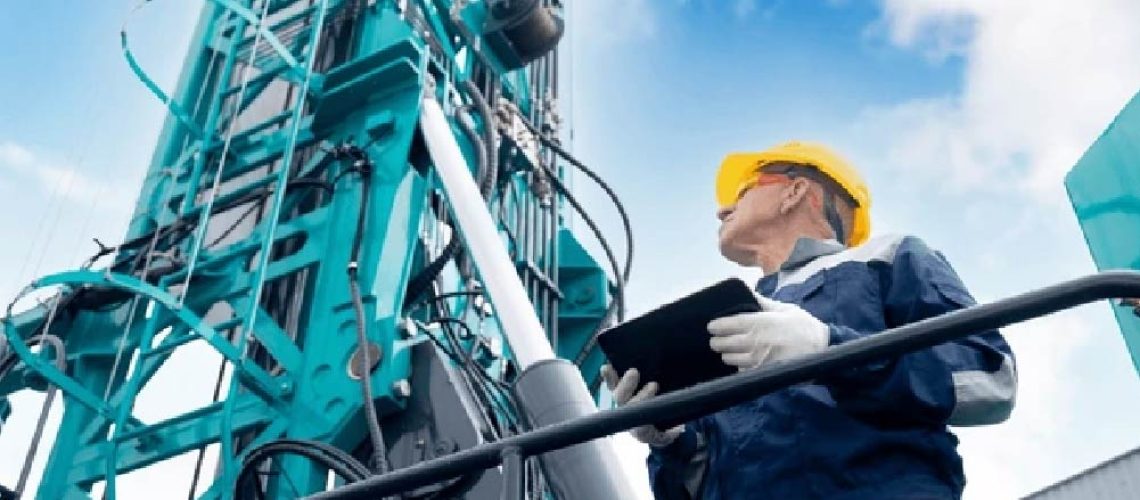Drilling technology is not new. Since ancient times, humans have employed simple drilling techniques to access water, oil, and minerals. However, with rapid technological advancements, drilling methods have evolved from manual techniques to sophisticated automated systems.
Drilling technology is the cornerstone of natural resource exploration. Initially used for digging water wells or simple holes for agriculture and domestic needs, drilling techniques have significantly advanced with the discovery of oil and valuable minerals, evolving to meet increasingly complex industrial demands.
Historical Development of Drilling
The history of drilling dates back to ancient civilizations, where simple tools like chisels and manual implements were used to dig into the earth. In the 19th and early 20th centuries, the Industrial Revolution brought major changes with the introduction of steam engines and mechanical technology. In modern times, digital technology and automation have elevated drilling to a far more advanced level, enabling more efficient and safer resource exploration.
Fundamentals of Drilling Technology
To understand the innovations in drilling technology, it is essential to grasp its basic principles and concepts. Drilling technology involves various disciplines, ranging from mechanics and electronics to materials science.
Drilling Concepts and Principles
At its core, drilling is the process of creating holes or wells in the Earth’s surface using specialized equipment. This process requires a deep understanding of geology, pressure, and the interaction between the drilling tool and the target material. The fundamental principles include the rotation of the drill bit, the application of the appropriate pressure, and cooling to prevent rapid wear or damage to the drill.
Types of Drilling Methods
In the drilling industry, various methods are employed depending on the project’s requirements and field conditions.
- Conventional Drilling:
This traditional technique relies on simple mechanical equipment and manual labor. Although it may seem outdated, conventional drilling is still relevant in projects with limited budgets or in remote locations. - Modern Drilling:
Modern drilling utilizes advanced technologies such as computerization, automation, and digital sensors. These innovations allow for high-precision and highly efficient drilling. Operators can monitor and control the process in real time, reducing the risk of failure and increasing productivity.
Recent Innovations in Drilling Technology
Technological innovations continue to push the boundaries of drilling capability. Key developments include:
Automated and Robotic Drilling
One of the most groundbreaking advances is the use of automated and robotic systems in drilling. These technologies enable machines to perform drilling tasks with minimal or no human intervention, reducing operational errors and increasing speed. Robotic drilling minimizes high-risk work for humans, thereby enhancing safety on-site.
Environmentally Friendly Drilling Technologies
In an era where sustainability is paramount, eco-friendly drilling innovations are in high demand. These methods not only optimize the drilling process but also reduce negative environmental impacts. For example, the use of biodegradable drilling fluids and waste recycling systems helps preserve the surrounding ecosystem.
Digitalization in Drilling
Digitalization has permeated nearly every aspect of industry, including drilling. Digital technology enables real-time monitoring through sensors and IoT (Internet of Things) devices. The data collected is analyzed to detect potential issues before system failures occur, allowing for quicker and more informed decision-making.
Digital Monitoring and Control Systems
With digital monitoring systems, operators can view drilling conditions in real time via control screens. These systems provide information on pressure, temperature, and equipment wear, allowing for immediate preventive actions if anomalies arise.
IoT Integration in Drilling
IoT has revolutionized the operation of industrial machinery. In drilling, IoT sensors are installed on various parts of the equipment to monitor performance and condition. The data is sent to a central control center, enabling detailed analysis and better maintenance planning. This innovation increases efficiency and helps reduce downtime caused by machine failures.
Impact of Innovations on Efficiency and Productivity
Innovations in drilling technology have significantly improved efficiency and productivity in the field. With advanced technology, the drilling process is faster and more controlled.
Increased Drilling Speed
One of the primary benefits of modern innovations is the increased drilling speed. Automated machinery and digital control systems enable much faster drilling than conventional methods, allowing companies to complete projects in shorter timeframes and optimize available resources.
Reduced Operational Costs
In addition to speed, reduced operational costs are another positive impact of modern technology. Automation reduces dependence on manual labor and minimizes errors that could lead to financial losses. Data-driven planning and advanced monitoring enable timely preventive maintenance, thereby reducing repair costs and unplanned downtime.
Conclusion
Drilling technology has evolved from ancient manual techniques to highly sophisticated automated systems, playing a vital role in resource exploration and infrastructure development. By integrating modern digital and robotic innovations, the drilling process has become faster, more precise, and more environmentally friendly. These advancements not only boost efficiency and reduce operational costs but also enhance safety and sustainability across various industries.



